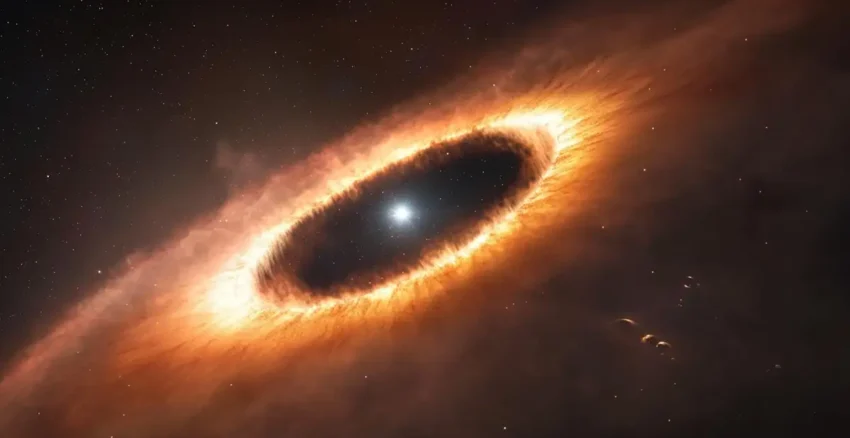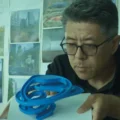James Webb Telescope Witnesses Planet’s Scorching Death
In a celestial first, the James Webb Space Telescope sees a planet falling into its parent star, providing unrivaled details about planetary system development.

In a first-ever observation, NASA’s James Webb Space Telescope (JWST) has recorded the last moments of a planet as it fell into its host star. This is the first time that astronomers have been able to see such a spectacle, yielding rich information about planetary system life cycles.
The planet, presumed to be a “hot Jupiter,” or gas giant close in toward its parent star, failed to get sucked up by the expansion of its star, as originally speculated. Rather, the observations from JWST indicated the orbit of the planet to decays slowly with time, cause it to slowly spiral inward to finally get swallowed up by its star.
As the planet fell, it disturbed the outer layers of the star, forming a hot accretion disk and a widening cloud of cooler dust surrounding the star. Such features were observed by the instruments of JWST, illuminating the complex dynamics involved in such cataclysmic processes.
This is not only a better understanding of planetary system dynamics but also a peek at the possible future of our solar system. It is predicted by scientists that within approximately five billion years, the Sun could do the same thing to the inner planets, including Earth, as it matures into a red giant.
Inflect.in — Your daily dose of stories that inform, inspire, and ignite curiosity. Follow us for more!
Latest News





Latest Post

AI in Healthcare: Smarter, Faster, and Accessible

Is Co-Sleeping Safe for Babies? Pros, Risks,

Pomegranate Benefits: Why Eating Anar or Drinking

Ma Yansong: Shaping the Future of Architecture

AI in Healthcare: Smarter, Faster, and Accessible

Is Co-Sleeping Safe for Babies? Pros, Risks,

Pomegranate Benefits: Why Eating Anar or Drinking



